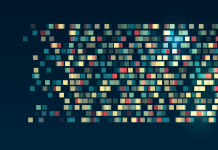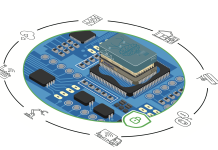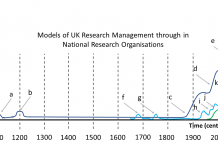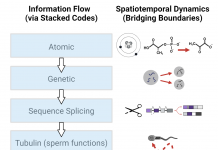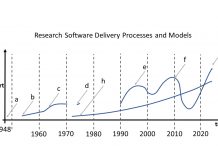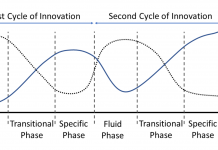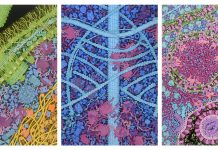Open Access Government produces compelling and informative news, publications, eBooks, and academic research articles for the public and private sector looking at health, diseases & conditions, workplace, research & innovation, digital transformation, government policy, environment, agriculture, energy, transport and more.
Home 2024
Archives
Accelerating the development of secure and reliable photonic and electronic systems
George Papadimitriou and Dimitris Gizopoulos from the University of Athens discuss the value of simulation frameworks in optimizing the development and integration of photonic and electronic systems.
Liquid computing and cybernetics for robotics and computer science
Recent advancements show that liquid memories and liquid computing devices bring a transformative approach to robotics and computer science.
Predictive analytics in the era of big data
Jacob Zahavi, from The Coller School of Management at Tel Aviv University, discusses the components of predictive analytics (PA) and the increasing complexity of PA problems in the world of Big Data.
A novel route to secure and low-power accelerators for edge computing
Dr. Fabio Pavanello, Researcher at CNRS/CROMA Laboratory, guides us through a novel route to secure and low-power accelerators for edge computing, or in other words, the NEUROPULS approach.
A portable quantum simulator on a silicon chip
Mher Ghulinyan, Senior researcher at the Fondazione Bruno Kessler’s Centre for Sensors and Devices, tells us about the EPIQUS project and the creation of a cost-effective, user-friendly, and high-performance quantum simulator based on full integration of silicon nitride photonics with silicon electronics.
Algorithm “DPTM” for continuous authentication with behavioural biometrics
Takeshi Yamada, Professor from Daiichi Institute of Technology, describes the algorithm “DPTM” for continuous authentication with behavioural biometrics, beginning with the current device security outlook.
Do research software engineers have research methods?
Dr Joanna Leng, School of Computing, University of Leeds, Dr Phillip Brooker, School of Sociology, University of Liverpool and Emeritus Prof Wes Sharrock, School of Sociology, University of Manchester, all from the UK, ponder if Research Software Engineers have research methods, plus why today, we have increasingly more types of academic research institutions and organisations.
The role of stacked codes in the digital age
Chris Girard from Florida International University, sheds light on how, in the digital age, stacked genetic, computer, and quantum codes are being edited by university-trained experts.
Computing: Paradigm shifts, adoption, new digital professionals rising
Dr Joanna Leng, School of Computing, University of Leeds, UK and Dr Phillip Brooker, School of Sociology, University of Liverpool, Emeritus and Prof Wes Sharrock, School of Sociology, University of Manchester, focus on computing: paradigm shifts, charting the adoption and the rise of new digital professions.
FFEA software: Repeated early innovation
Dr Joanna Leng, Senior Research Software Engineering Fellow at the University of Leeds, discusses software with repeated early innovation using the example of the FFEA software.
Computational biology is poised to advance precision medicine with machine learning
Today, scientists are attempting to model whole cells using computational biology, building virtual cells that capture the dynamics of living.
Applications of discrete computation in paleoclimate systems
In this earth climate system focus, Michael R. Gipp, Acting President from Marine Mining Corp, details the applications of discrete computation in paleoclimate systems.
Supporting ICT employment opportunities for women in Egypt
Ragui Assaad and Irene Selwaness examine the increase of women in ICT jobs in Egypt, as well as gender disparities and the efforts to promote ICT employment growth.
The development of research software engineering as a profession
Dr Joanna Leng at the School of Computing explores Research Software Engineering (RSE) as an emerging profession, and how computing technology is core to many professions.
Discussing early innovation software by example of the PERPL software
Dr Joanna Leng, School of Computing, University of Leeds, UK, presents a project from the fellowship, on the PERPL (pattern extraction from relative positions of localisations) software which analyses super-resolution light microscopy (SRLM) data.



